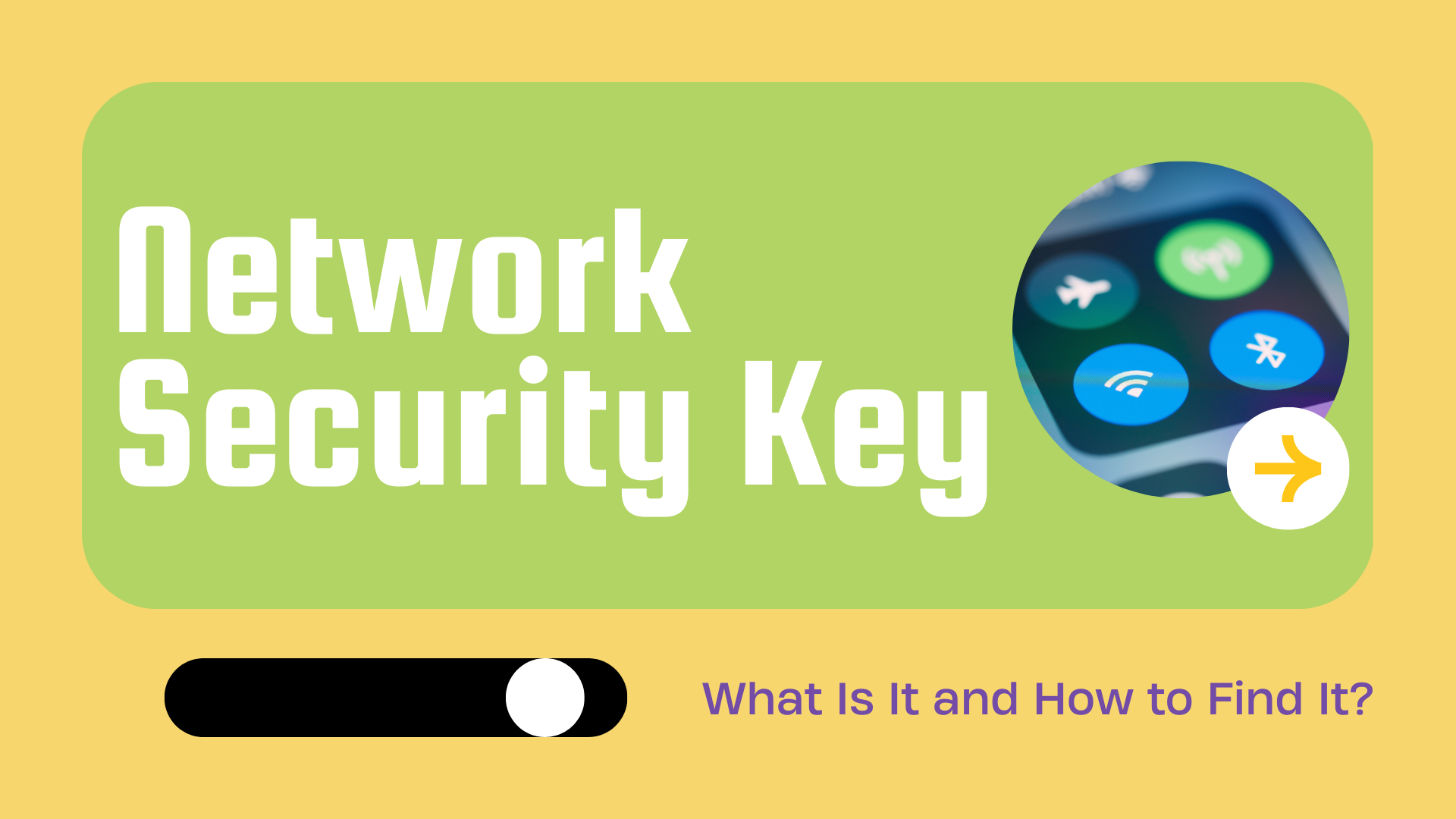
Network Security Key, at first glance, seems to be full of tech and even a bit hacker-like, but in reality, it is the Wi-Fi password that we commonly use in our daily life. This blog will tell you in detail what a Network Security Key is, how to find it, and provide more professional cybersecurity tips. Continue reading!

Table of Contents
TL;DR
The key points of this blog are summarized below:
・The main aim of the Network Security Key is to block unauthorized devices from connecting to the network and protect the user’s online security.
・WEP, WPA, WPA2, and WPA3 are all encryption protocols that may be used by Network Security Keys.
・You can find the Wi-Fi password on the router or on Windows, macOS, Android, and iOS devices connected to the network.
・You can use a strong Network Security Key in conjunction with X-VPN to significantly improve online privacy and security.
What Is a Network Security Key?
A Network Security Key, in short, is a password that allows you to successfully connect to the wireless network. Usually, it consists of letters, numbers, and symbols, and is like a unique invitation that ensures that only those who are invited can “enter”, thus effectively preventing others from unauthorized use of your network resources.
In our daily life, we seldom use the term “ Network Security Key ”, but prefer to use Wi-Fi password, wireless password, or network password to describe it. Of course, depending on the type of network security protocol, you may also hear manufacturers or internet service providers use terms such as WEP key, WPA key, etc., to refer to the Network Security Key.
The Roles of a Network Security Key
The main function of Network Security Key is to act as the first line of defense to protect network security, and its important role is reflected in the following aspects:
1. Authentication: The Network Security Key is like a loyal gatekeeper, allowing only visitors with the correct passes to enter the network, excluding the connection of irrelevant devices, and ensuring the network’s speed and stability.
2. Data Encryption: A Network Security Key is also like a safe that protects the data transmitted through the wireless network. Only devices with the correct password can open the lock, thus guarding against data snooping or interception.
3. Device Management: Network administrators can assign network access rights more flexibly through the Network Security Key to ensure well-organized use of network resources.
4. Privacy Protection: Many of our personal info, like browsing habits, accounts, bank cards, etc., are closely linked to the network. The Network Security Key can build a line of defense for personal privacy and deny prying eyes from approaching.
5. Ensure Enterprise Data Security: For enterprises, a Network Security Key can prevent competitors or malicious attackers from obtaining sensitive internal data via illegal means, thus safeguarding the normal operation and competitive advantage of the enterprise.
Different Types of Network Security Keys
Based on the method of encrypting data transmitted wirelessly between two devices, Network Security Keys can usually be categorized into the following types:
WEP
WPA
WPA2
WPA3
Currently, WPA2 and WPA3 are the most widely used Network Security Key types. For WPA and WEP, you may only find them on some old devices.
How to Find Network Security Key?
Can’t find Network Security Key? No need to search around, we have compiled detailed step-by-step guides for you to find the Network Security Key, that is, Wi-Fi password, on your router, Windows PC, Macbook, iOS, and Android!
For Router
Usually, the default Network Security Key is located on the bottom or side of the router. If you have never changed your Wi-Fi password, this will be your preferred method.
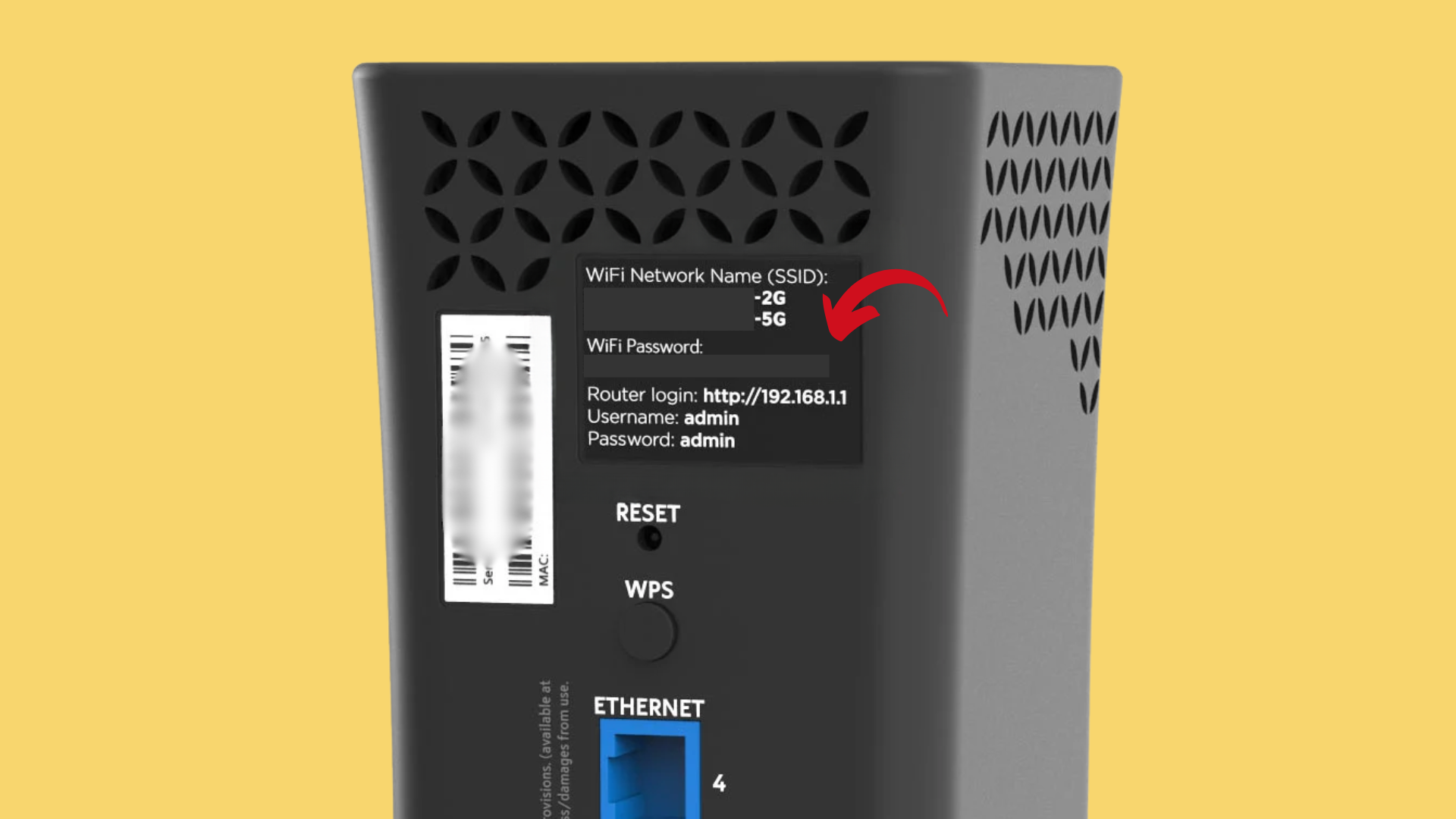
If you can’t find valid information anywhere, check your router’s user manual.
For Windows 10/11
Step 1. Navigate to Control Panel> Network and Internet, and find Network and Sharing Center on your Windows PC.
Step 2. You can view your active networks. Find and hit the Wi-Fi network name.
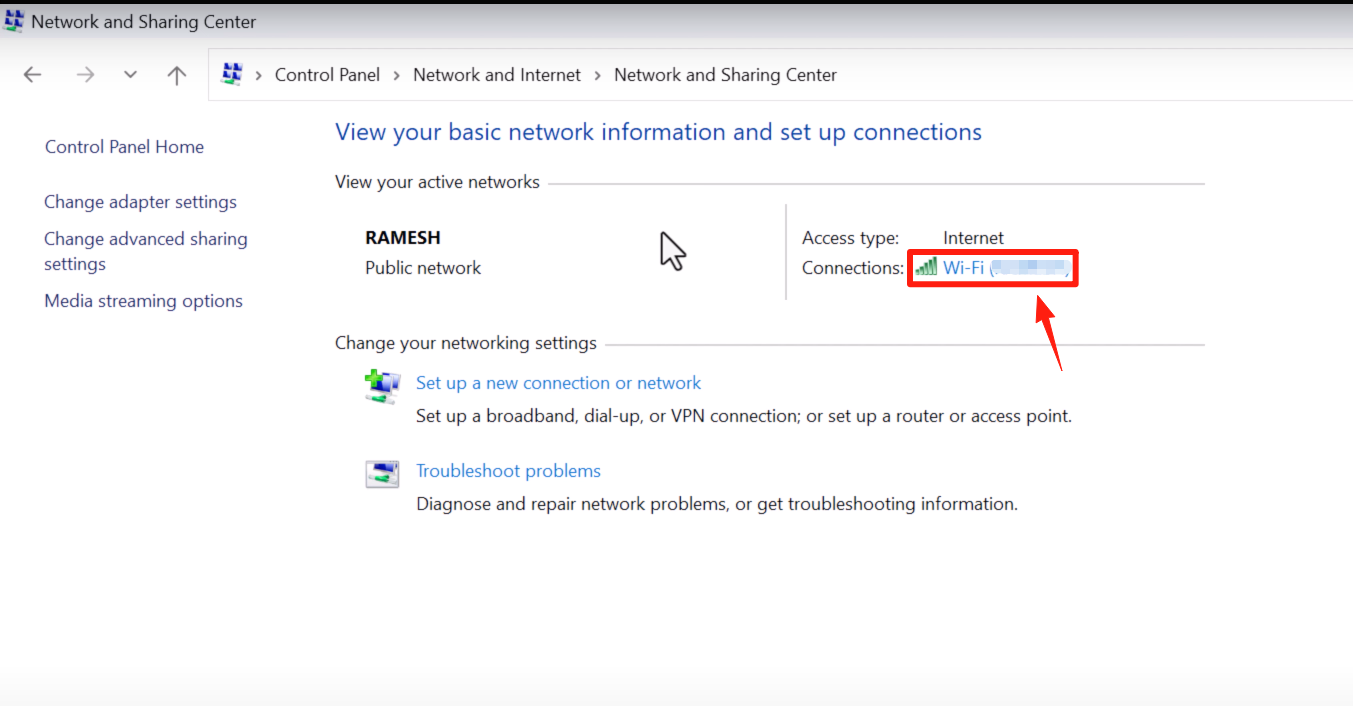
Step 3. On the pop-up Wi-Fi Status windows, navigate to Wireless Properties> Security.
Step 4. Now, you can see the Network Security Key here. Check the Show Characters, then the key will be displayed.
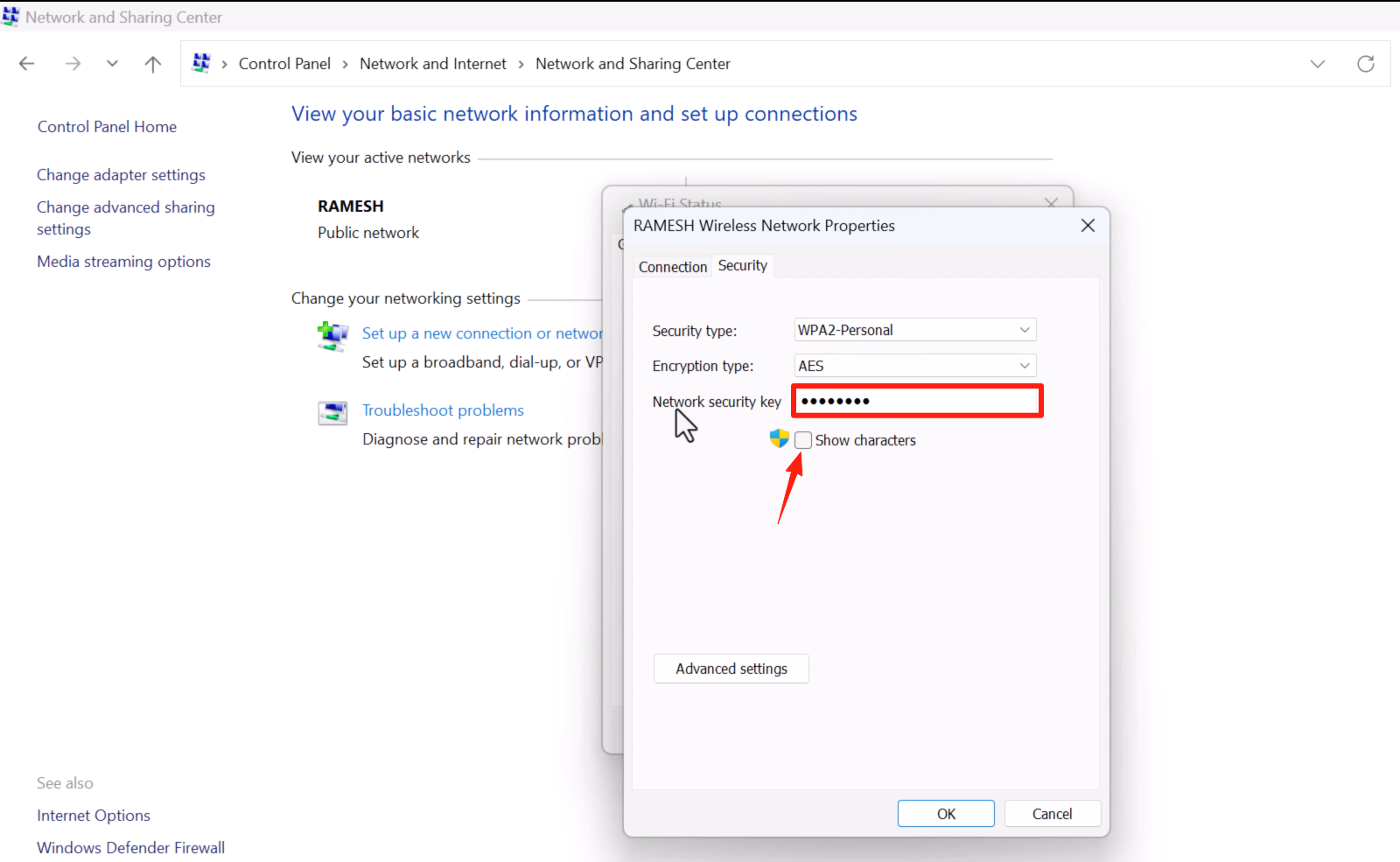
For Mac
Step 1. Navigate to Apple Menu> System Settings. Then, hit the Wi-Fi option on the side bar.
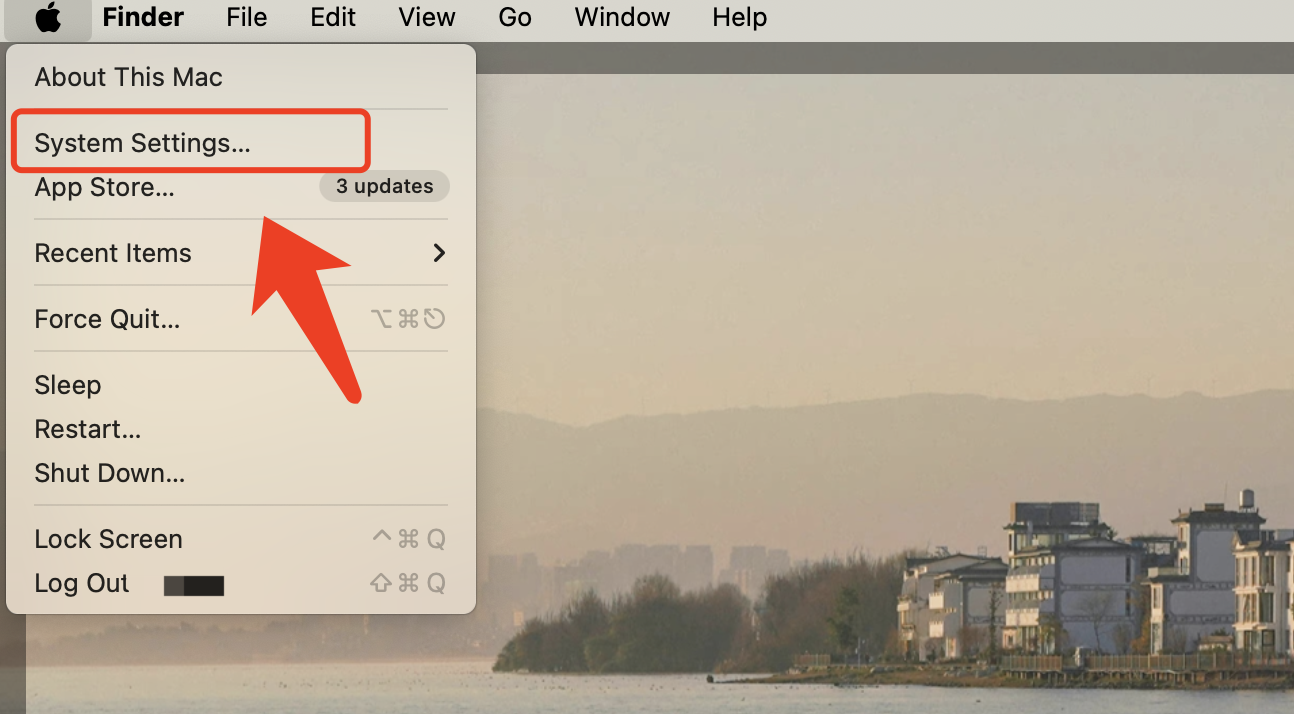
Step 2. You will see the connected networks and a list of other networks nearby.
Step 3. Find the Wi-Fi for which you want to know the password and click the button with three dots on the far right side..
Step 4. Select Copy Password in the drop-down menu and paste it anywhere to see the full string.
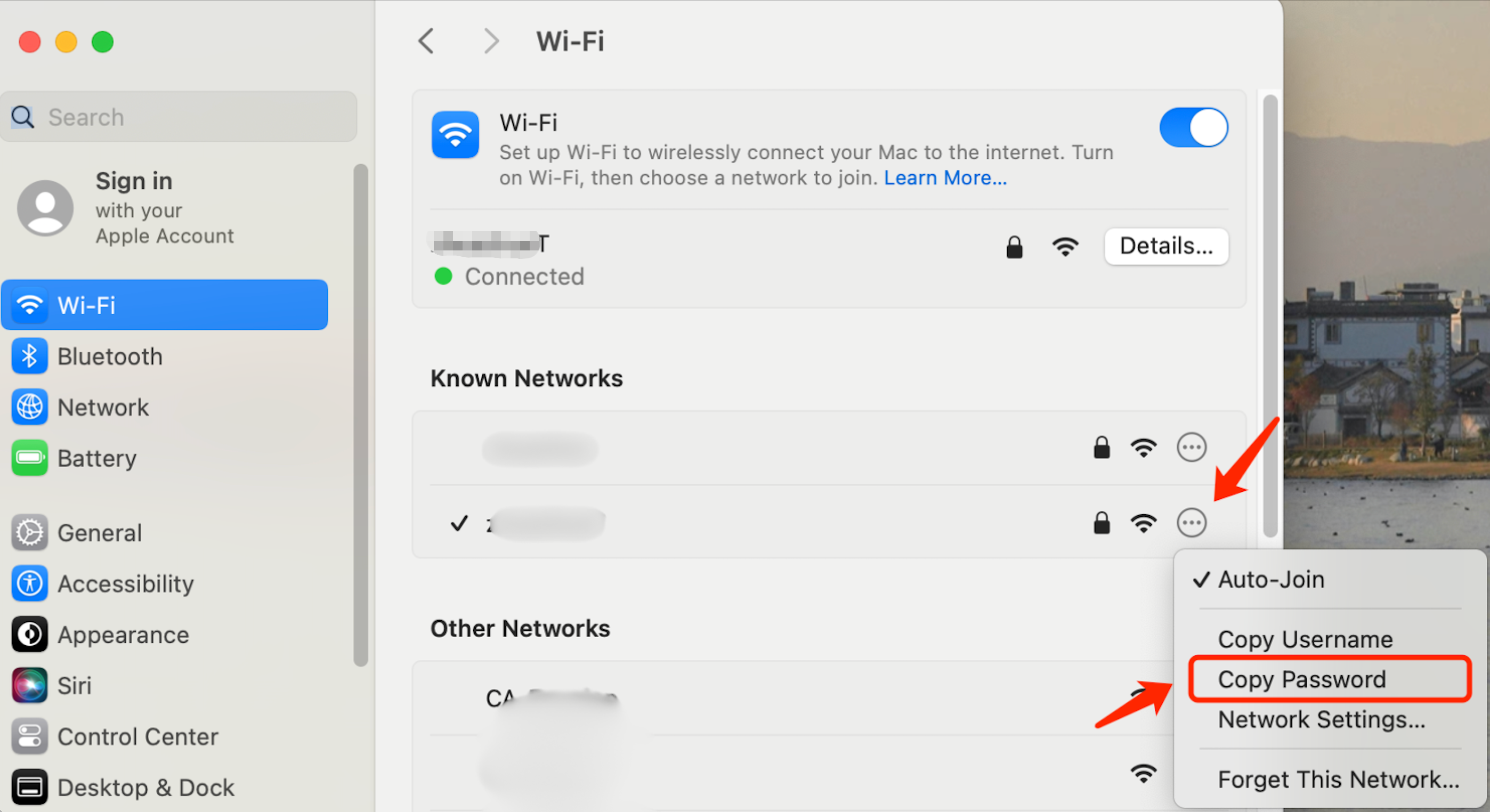
For iOS
Step 1. Head to Settings> Wi-Fi on your iPhone or iPad.
Step 2. Hit the icon on the far right side of your connected Wi-Fi network.
Step 3. Now, tap the Password here, and unblock it with your Face ID.
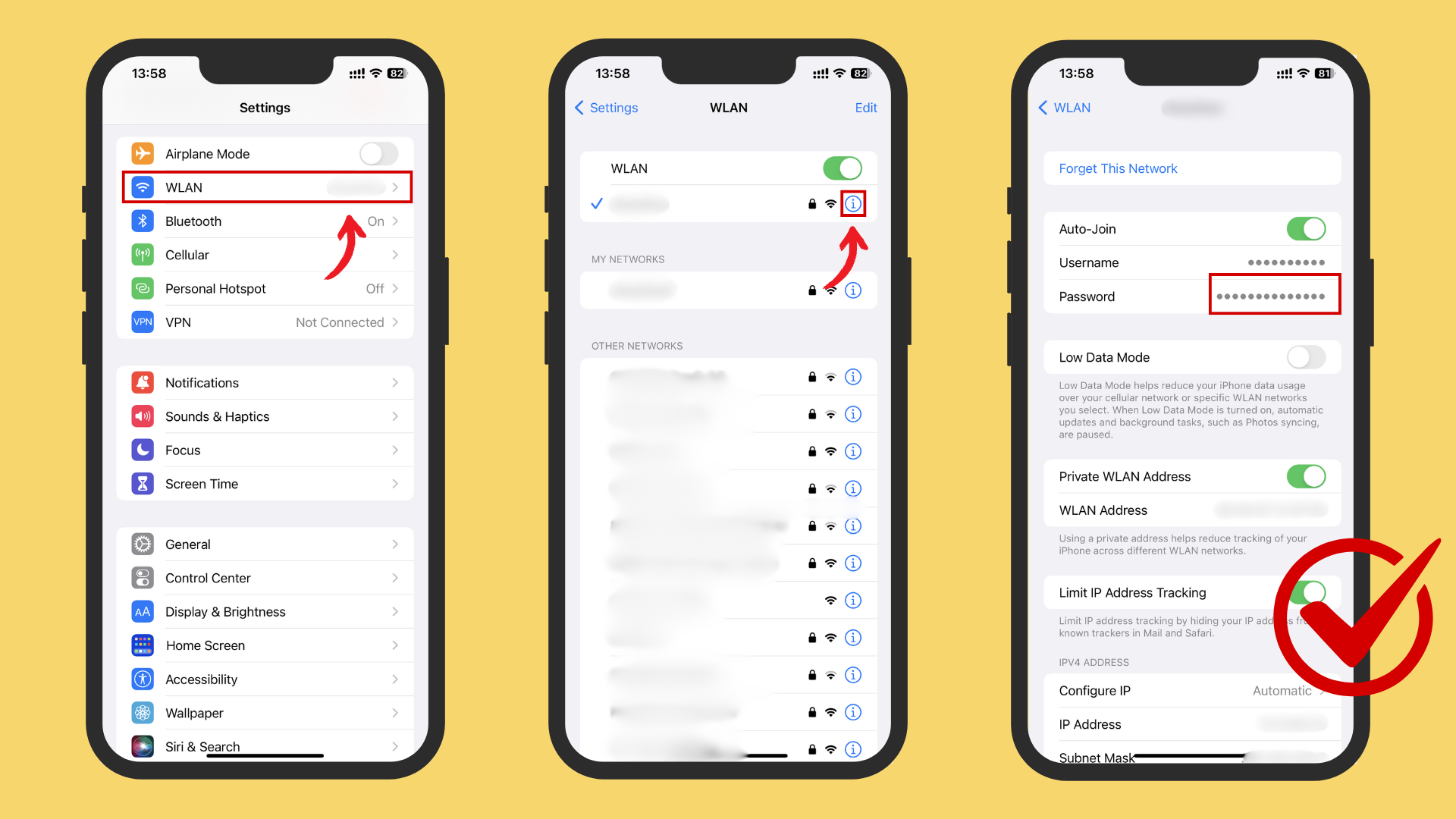
For Android
Step 1. Head to Settings> WLAN on your Android device.
Step 2. Click the Scan button in the upper right corner > Share WLAN.
Step 3. Now, you can use another device to scan the QR code to get the Network Security Key and connect to the Wi-Fi.
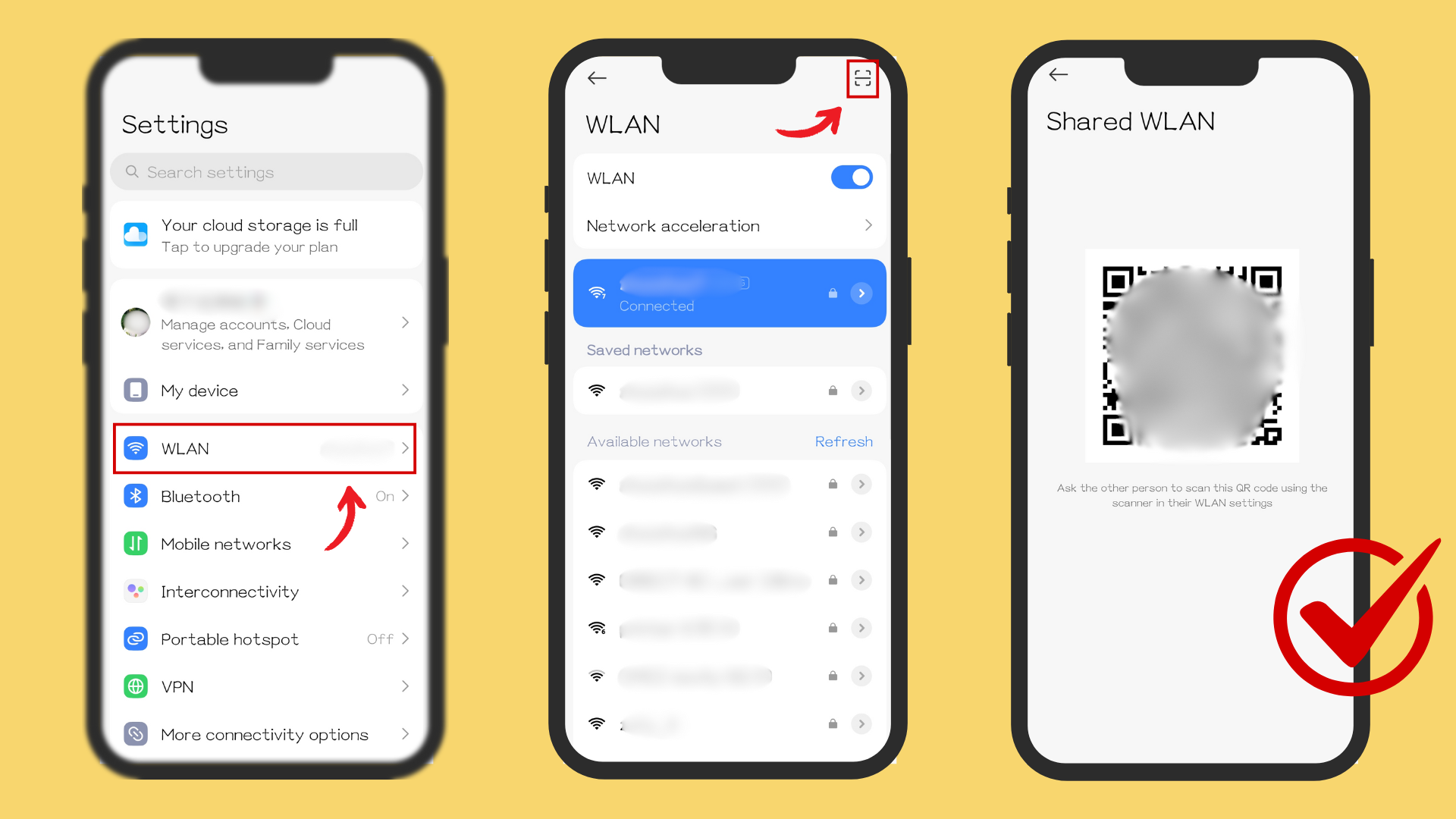
The above steps may vary slightly depending on different Android devices and custom interfaces, but the basic process is generally similar.
How to Change a New Wi-Fi Password?
You can also reset the Wi-Fi password yourself if you no longer want to use the default Network Security Key.
Step 1. Navigate to the IP address of your router via a browser. And log in with the username/password written on the bottom or side of the router.
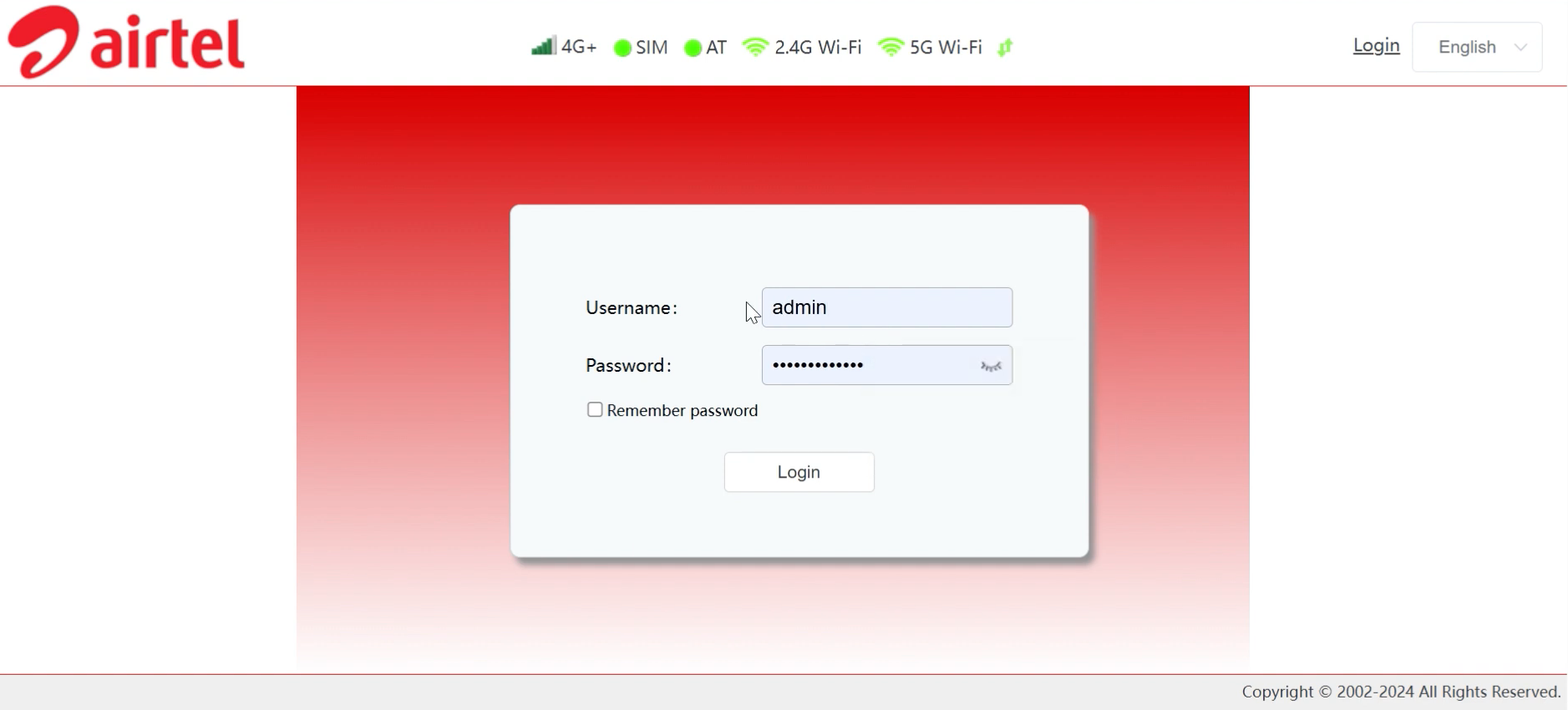
Step 2. Find the Wi-Fi Settings option, or the Advanced Settings, Wireless Settings, Wi-Fi Security, etc.
Step 3. Now, set and save the new Network Security Key here.
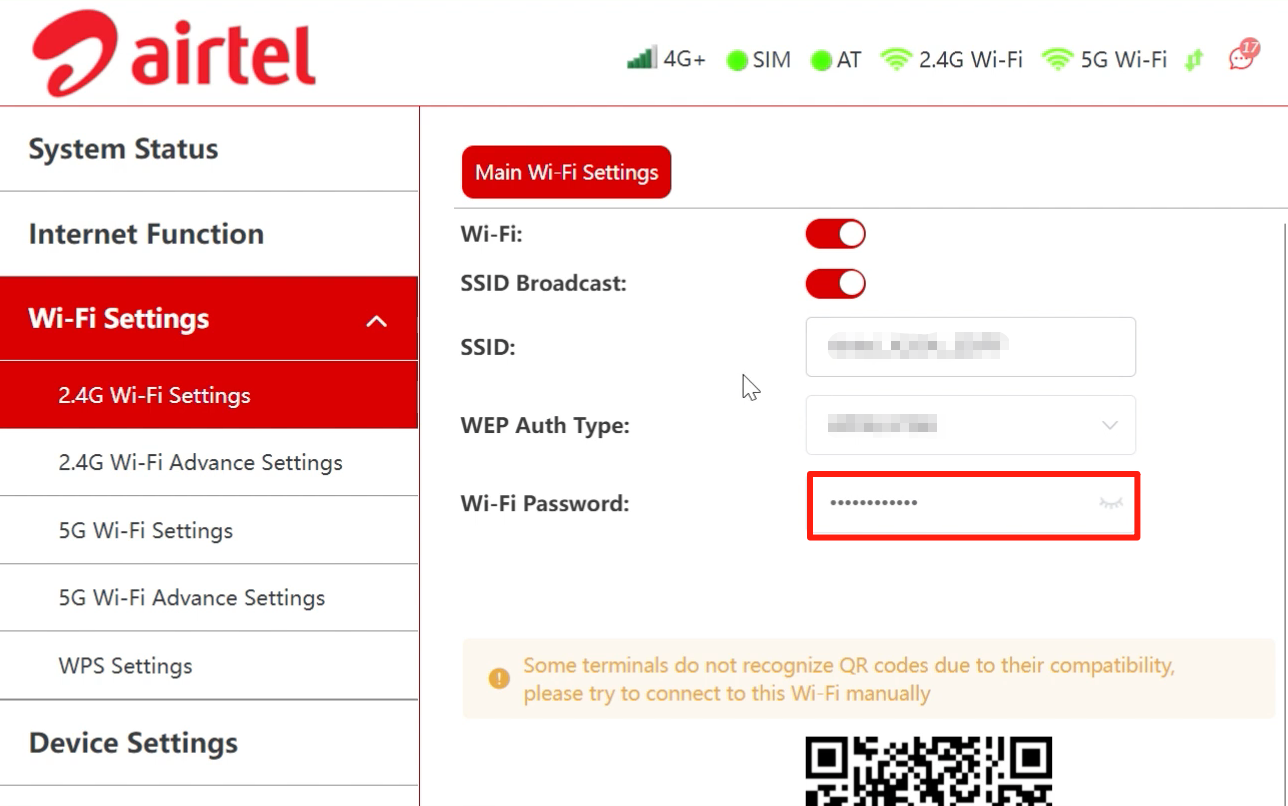
How to Set a Strong Network Security Key?
When resetting your Network Security Key, please follow these tips to create a strong password to ensure your network security:
- Length First: Please choose a long password of 12 characters or more if possible. Length is the key factor that makes it more difficult to crack.
- Variety of Characters: Use a combination of uppercase letters, lowercase letters, numbers, and special symbols. This complex combination can significantly increase the complexity of your password.
- Uniqueness: Ensure that your new Network Security Key is different from your passwords for other accounts or devices. That way, even if someone succeeds in cracking your Wi-Fi password, they won’t be able to easily gain access to your other accounts.
The stronger your Wi-Fi password, the more solid protection it can give your wireless network. Of course, if creating such strong passwords is a burden for you, we offer a 100% free password generator that can help you easily generate strong network security keys with one click.
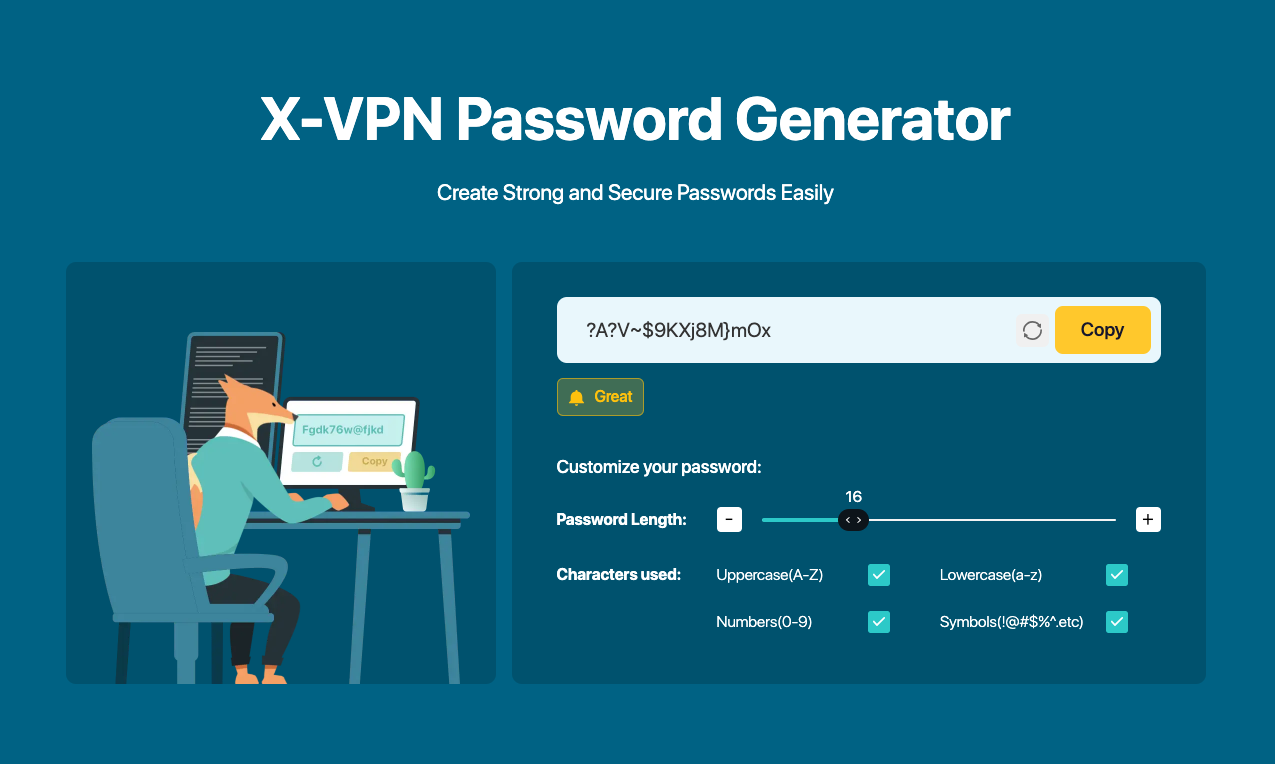
Pro Tip: Protect Your Online Safety
Network Security Keys are the foundation of your network’s protection, but in today’s complex digital environment, it’s not enough to rely on them for defense. Even if you set up an extremely complex Wi-Fi password, it is still as vulnerable as a sheet of paper to advanced hackers.
Therefore, to better protect your online privacy & data security, it is recommended to use additional security tools such as X-VPN. This best VPN utilizes top-notch encryption tech to convert all of your Internet data into unreadable gibberish so that even if someone tries to intercept it, they won’t be able to decipher it. Moreover, with the help of a VPN server, you can hide your real IP address in seconds, making it hard for third parties to trace your real identity and achieving true Internet anonymity.
Click the button below to download X-VPN and enjoy safe browsing!

Why Choose X-VPN?
The Best VPN for Online Security
8000+ global servers spread over 225 regions.
AES-256 encryption and advanced VPN features.
Top speed and unlocking ability.
Full suite of security tools for Windows PCs.
No user logs will be recorded.
Unlimited free versions with no login required.
Conclusion
So the Network Security Key is just the Wi-Fi password we often talk about. You can find it on your router or common devices connected to the wireless network. To enhance your online security, we recommend that you use a strong Network Security Key, combined with X-VPN, to provide additional protection for your privacy.
Using a VPN is legally compliant in most parts of the world. But don’t forget to always check local regulations before you act to ensure you are absolutely safe.
FAQs
What is the security key for the mobile hotspot?
The security key for a mobile hotspot is essentially the password for allowing devices to connect to the hotspot. It helps stop unauthorized users from accessing the internet via your traffic.
Is a Network Security Key the same as the password for a Wi-Fi?
In fact, yes, the Network Security Key is just the same as the Wi-Fi password. People also call it a wireless password, Wi-Fi key, network password, or even WEP key, WPA key, etc.
Why won’t my laptop connect to Wi-Fi?
If your laptop won’t connect to Wi-Fi, it could be due to the following reasons:
1. Incorrect Network Security Key entry.
2. Outdated network drivers or devices.
3. There is something wrong with your router.



